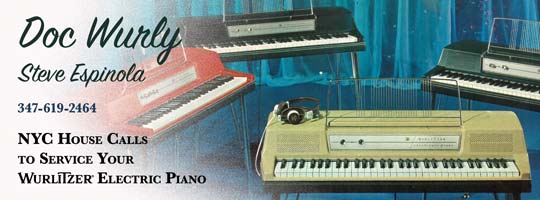

The organ remained in use for only another 12 months with New Zealand organist Iris Norgrove at the console. With the advent of television in 1956 dwindling theatre attendances cast a shadow over the viability of massive picture palaces like the State. These recordings are perhaps the finest representation of the organ in its original home. Many were duets made with Melbourne pianist Laurie Wilson. Whelan remained at the State until 1956 and during the early 1950s released a number of recordings of the organ. He had acquired considerable experience performing on the cinema circuit - one of his former posts being organist at the prestigious Regent Theatre, Adelaide. Tragically this organ was destroyed by fire in 1991.Īfter Arnold Coleman the next organist appointed at the State Theatre was Aubrey Whelan. Unfortunately there are no known commercial recordings of either Lanterman or Coleman at the State Theatre, but Coleman did make one record on the historic Fincham & Hobday pipe organ in the St.Kilda Town Hall.

He was also City Organist with St.Kilda Council from 1943 to 1953. Following Lanterman’s return to America Coleman became house organist, a position he retained from 1929 until 1940.Ī featured organist with the ABC, Coleman is remembered for his regular Sunday afternoon broadcasts at the State which built up a huge following throughout Australia. With four sessions a day the theatre required another organist and Melbourne musician Arnold Coleman was engaged for the intermediate session.

Interestingly some years after his return to America Lanterman was to embark on a political career becoming a California State Assemblyman. Lanterman from the Metropolitan Theatre, Los Angeles had been brought out specially for the opening season. The opening performance on the Melbourne State Theatre Wurlitzer featured American Frank Lanterman at the main console, with Australian organist Renee Lees at the minor console. The main console rose on a lift at stage left while the “slave” console was permanently positioned at the right side of the stage.
#1970 wurlitzer organ value manual#
It was played from two separate four manual consoles located on either side of the proscenium. Manufactured by the Rudolf Wurlitzer Company of North Tonawanda, New York, “The Mighty Wurlitzer” was reported to have cost over £25 000, and consisted of twenty one ranks or sets of pipes, each with different tonal characteristics, along with various percussions, effects and a matching grand piano. To provide the musical accompaniment the theatre advertised a 30 piece orchestra along with “The Mighty Wurlitzer - the largest Wurlitzer organ to leave America and the greatest instrument of its kind in Australia”. The State Theatre opened on 23rd February 1929 with a silent film presentation (the “talkies” had not quite arrived). Overhead the domed ceiling was illuminated to resemble the evening sky, resplendent with twinkling stars and passing clouds.

This created the illusion of outdoor settings with no formal walls, where the whole auditorium became a gigantic stage.īased on a medieval Florentine garden setting, amid the classical statuary, trees, vines and stuffed birds stood a Venetian Palace on the left and a Roman Temple on the right. The theatre’s interior followed a popular American style – “the atmospheric”. Still standing today with its Moorish exterior complete with tower and minarets, the State was to be the largest picture palace built in Australia, proudly proclaiming 4000 seats. This fascinating instrument was designed to provide the musical accompaniment for silent films.īuilt in 1928, the organ was originally ordered by Union Theatres for their new State Theatre, then under construction on the corner of Flinders and Russell Streets, Melbourne. One of Kingston’s municipal treasures is its historic Wurlitzer Theatre Pipe Organ located in the Moorabbin Town Hall. Greg Alabaster at the keyboard of the Mighty Wurlitzer in Moorabbin Town Hall, 1970.


 0 kommentar(er)
0 kommentar(er)
